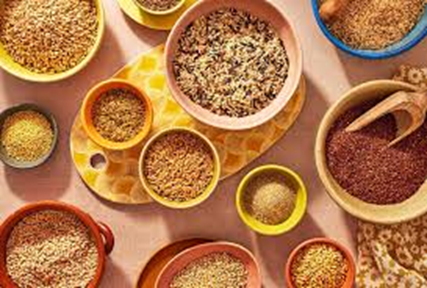Hospitalization Due to UTIs: Is It Covered Under Health
Insurance?
Urinary Tract Infections (UTIs) are a common health issue,
especially among women, that can range from mild discomfort to severe
complications requiring hospitalization. One crucial question for those
affected is whether their health insurance policy covers hospitalization due to
UTIs.
Understanding UTIs and Their Severity
UTIs are infections in any part of the urinary system,
including the bladder, urethra, ureters, and kidneys. While many UTIs can be
treated with antibiotics and do not require hospitalization, severe cases can
lead to complications such as kidney infections (pyelonephritis) or sepsis,
which may necessitate hospital care.
Why UTIs Increase During the Rainy Season
1.
Humidity and Moisture: The rainy season brings higher humidity, creating a perfect
environment for bacteria to thrive. Increased sweating and dampness in the
genital area can lead to bacterial growth, particularly of Escherichia coli (E.
coli), the primary cause of UTIs.
2.
Wearing Damp Clothing: Getting wet in the rain is common, and wearing damp clothes,
especially underwear, for long periods fosters bacterial growth. The warm,
moist conditions provide an ideal breeding ground for bacteria, increasing the
risk of infections.
3.
Poor Sanitary
Conditions: Flooding and poor sanitation
during the rainy season can increase exposure to bacteria. Contaminated water
and inadequate hygiene practices can introduce bacteria into the urinary tract.
4.
Weakened Immune System: Seasonal changes can weaken the immune system. The shift from dry
to wet weather can make people more susceptible to infections as their bodies
adjust. A compromised immune system is less effective at fighting off bacteria,
making UTIs more likely.
5.
Dehydration: Despite the rain, people often drink less water during the rainy
season due to cooler temperatures or difficulty accessing clean water.
Dehydration reduces the frequency of urination, allowing bacteria to remain in
the urinary tract longer and increasing infection risk.
Even if you are healthy, women aged 50 years and above are
at a higher risk of developing UTIs. Maintaining good hygiene is essential, but
during the monsoon season, the risk of UTIs can still increase due to
environmental factors and changes in immune response.
In
extreme cases, patients may need to be admitted to the hospital, sometimes even
to the ICU. This is when having a health insurance policy is crucial to ensure
you receive the necessary care without financial strain.
Conclusion
Hospitalization due to severe UTIs is typically covered
under most health insurance policies, but it's essential to understand your
specific policy's terms, conditions, and coverage limits. By being informed and
proactive, you can ensure that you receive the necessary care without
unexpected financial stress.
Expert Insight
Mr. S.K. Sethi, founder of
RIA Insurance Brokers, specializes in health insurance products for
families as well as corporates. For individuals prone to UTIs, having
comprehensive health insurance is crucial. It covers the cost of medications,
regular check-ups, and specialist visits, ensuring effective disease
management. Good insurance also provides access to necessary resources like
nutritional counseling, helping patients maintain their health and reduce
complications.
Blog of S.K. Sethi, Founder of RIA Insurance Brokers, you may connect him for any query at his email id: sksethi@riainsurance.com






















